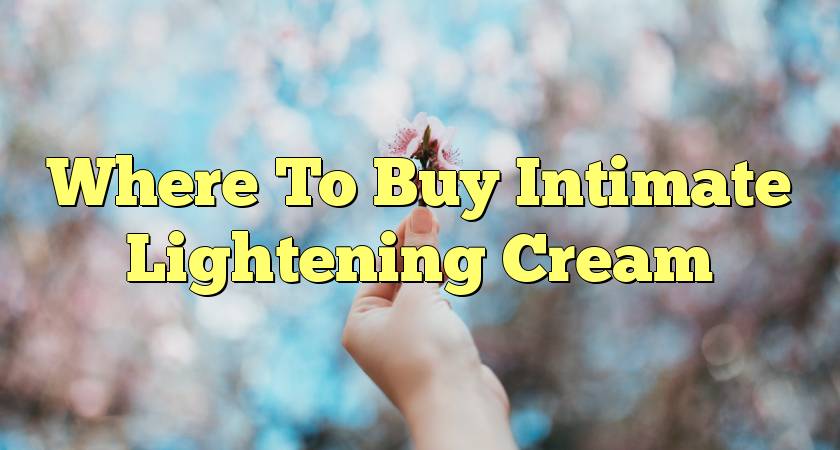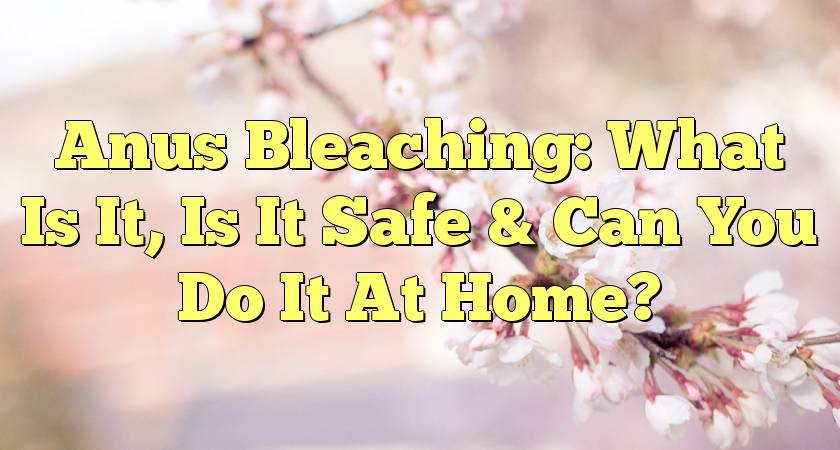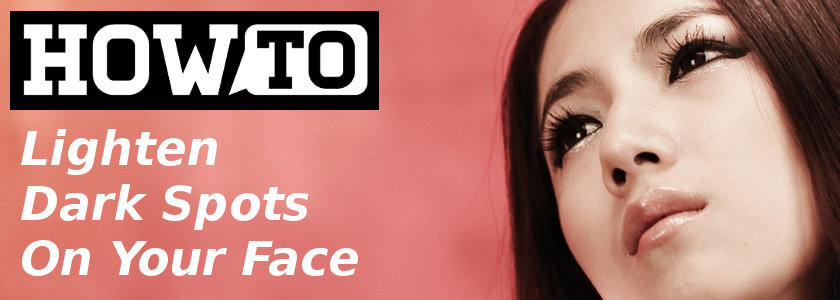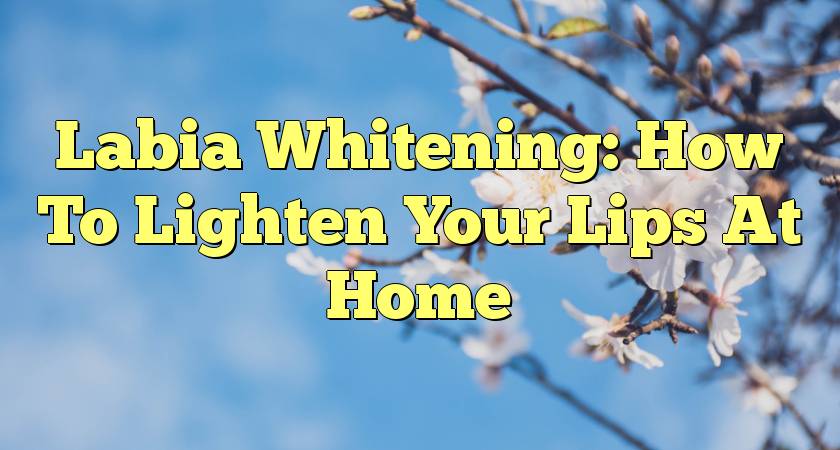Dark spots on the face can go by many names – including age spots, liver spots, brown or black spots. But to fade or lighten them it is important to understand them a bit first.
The medical term for these patches of darkened skin is hyperpigmentation. This simply means that an area of skin is darker than your normal skin tone.
A facial dark pigmented spot is different from a freckle or a mole, and very different to a blackhead! But they are commonly mistaken for each other. You can distinguish an age spot from a freckle because it is larger, does not go away, and is more likely to appear in middle age (hence the name!). Unlike a mole, dark spots normally do not become round and raised. Dark spots also remain on your face potentially forever, unlike an acne spot that will typically be gone in a week.
If you have a smooth area of skin that is brownish or blackish, you most likely have an age spot. Age spots tend to be between one to 13 millimeters wide, and they generally appear as an oval shape. People over the age of 50 are more likely to develop dark spots.
You should however have a medical professional assess your skin. The vast majority of brown or black spots are of course totally harmless. But if you are in any doubt at all, always ask a doctor.
The Underlying Causes of Dark Spots
As the name implies, hyperpigmented dark spots are caused by an excessive amount of pigment – which we call melanin. This can occur from a variety of reasons, but the most common cause of age spots is simply UV rays. The sun’s rays damage skin, causing melanin to cluster together in certain areas.
You can get an age spot from overexposure to the sun that occurred even 20 years ago. Any other damage to the skin or change to the body’s level of hormones can also cause a dark spot, so there are many other causes too.
Skin Disorders
There are many skin diseases that can cause dark spots to occur. Melasma is a skin condition characterized by multiple dark patches on the face. It’s most common in pregnant women, and can the patches can even be numerous enough to join together to give an overall darker facial appearance – which is why it also goes by the name ‘mask of pregnancy’. People taking hormone medications are often affected too.
Poikiloderma causes a reddish form of hyperpigmentation, and Riehl’s Melanosis can cause a greyish form of age spots.
In some cases of severe acne, a person can end up with long-term scarring, called post inflammatory hyperpigmentation – this also causes dark spots.
Medical Conditions
Many medical conditions can disrupt the body and cause age spots. Pituitary disorders can result in age spots for example due to imbalanced hormones. Other causes of age spots may be liver disease, Addison’s disease, or hemochromatosis.
Medications
Certain medications may cause age spots as a side effect. You may end up with age spots if you are taking tetracycline antibiotics, amiodarone blood pressure medications, phenytoin seizure medication, sulfonamide diuretics, or phenothiazine antihistamines.
People can also get age spots if they are taking hormonal supplements, such as estrogen pills for menopause symptoms. This is because hormonal changes can cause age spots to appear.
Best Ways to Actually Lighten Your Dark Spots
There are a lot of home remedies claiming that it is possible to remove dark spots. Typically by applying all sorts of fruits and vegetables to your face. But take most of these claims with a very large pinch of salt!
There are however effective ways to help fade those dark spots.
Topical Lightening Creams
Ointments and creams with hydroquinone, tretinoin, and other retinoids can provide noticeable benefits to both skin tone and color. Hydroquinone is now being avoided by many consumers though (and even banned in some countries). So unless used under the supervision of a specialist it’s probably best avoided.
Natural whitening creams are now available though – typically using ingredients such as kojic acid and arbutin, plus many others. These have been shown in scientific studies to be as effective as hydroquinone.
You can find whitening products ranging from around $5 to hundreds of dollars. You don’t have to go for the premium end of this range to get great results, but the budget doesn’t tend to be very effective at all. The active ingredients are not cheap to produce, so the budget products will have very little (if any) of the best active ingredients.
A good mid-range lightening cream (check our reviews here) will last a long time though as a little cream will go a long way when used on your face. Particularly if the darker patches are small, in which case even a small tub of lightening cream will last you well over 6 months, if not a year! And you can of course use these products on most other areas of the body too, to lighten areas such as underarms, or if you have age spots on your hands too.
If you apply the cream consistently according to the instructions, you will start to notice results usually within a couple of weeks. But allow at least a couple of months for brown spots and even longer for darker black spots.
Laser & Freezing Therapy
Laser therapy treats dark spots by destroying the cells that produce pigment. Freezing therapy can also reduce age spots through a similar process.
These treatments are more expensive though, and as they are quite drastic can cause some discomfort. Keep in mind that skin will look slightly discolored until it heals.
The main difference between the two methods is that laser therapy requires multiple appointments to zap the skin with low-level lasers, while cryotherapy is typically just a single appointment.
Exfoliation Methods
Other ways to reduce dark spots are dermabrasion, microdermabrasion or chemical peels. Dermabrasion gently sands down the skin with a special tool, while a chemical peel is a mild acid that burns the top layer of your skin.
These treatments work by removing old skin and encouraging new skin to grow in its place. This typically results in lightened skin growing over the old age spots. You will need to speak with a professional dermatologist about these options because they can cause some unpleasant side effects if done incorrectly.
Steps To Prevent Dark Spots
Making some simple lifestyle changes can help prevent your age spots from getting worse. These preventative measures will also help to stop more age spots from developing.
The most important step in stopping hyperpigmentation spots is avoiding those damaging UV rays. Wear sunscreen with a SPF of 30 or higher on any exposed area of skin when you will be going outside for any extended period of time. If possible, remain indoors between 10 AM and 2 PM while the sun’s rays are strongest. Avoid tanning either outdoors or in UV tanning beds.
Other ways to prevent dark spots include not picking at acne, not smoking cigarettes, not drinking excessively, and maintaining an overall healthy diet. Though these preventative steps work best if you start following them in your earlier years, it is never too late to start practicing dark spot prevention.






